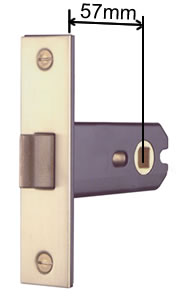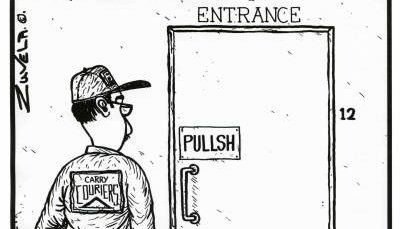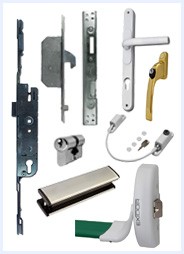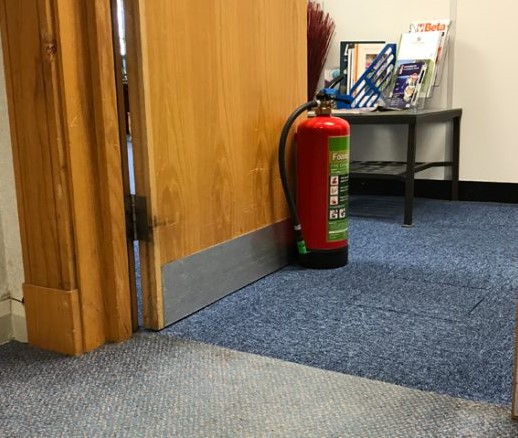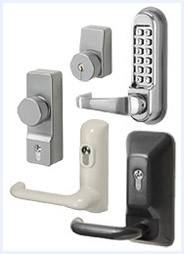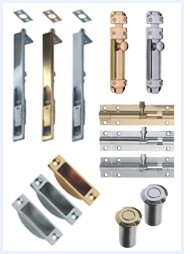
At Doorstuff, we are helping to reduce negative impact on the environment as much as we can. We have and still are improving our eco-friendly status. One of the ways that we do this is by using renewable energy from our solar panels to help power the office and warehouse, particularly in the summer months.
Another way we do our part in helping is that we are very aware of the packaging we use when shipping orders. We stick to the Reduce, Reuse, Recycle, and Repair mantra, which is a system that a lot of businesses are using.
By making sure that we use the appropriate sized bags and boxes when packing items, we are reducing unnecessary packaging. It also reduces the amount of extra packaging materials such as bubble wrap that we need to use to secure the product. Where possible, we are using 100% recycled paper bubble wrap, as it is at a much lower cost to the environment, it has been recycled once already and can be recycled again. We only use plastic bubble wrap when packing delicate items such as metal tracks. The cardboard tubes we use for the sliding door tracks are also made in a chemical-free process with water-based glue to reduce the negative effects of manufacturing on the environment.
We Reuse packaging made of metal, plastic, and wood, instead of sending these items to the landfill. You also may notice that parcels are delivered to you in reused boxes, sent to us by other manufacturers. Doing this reduces our waste and carbon footprint.
By working with Devon Contract Waste we are helping to recycle, ensuring zero waste is sent to Landfill. Although we do try not to throw things away, anything that is thrown out is recycled.
We have a large range of spare parts for any wardrobe systems and other door hardware so that when needed, we can help a customer repair their hardware without having to replacing a whole unit. This helps the customer by saving money, and helps the environment by reducing wasted and unneeded parts.
If you have any other questions about how we are striving to improve our eco-friendliness, you can call us on 0207 099 2822 or email Info@doorstuff.co.uk. Like us on Facebook for more updates.

